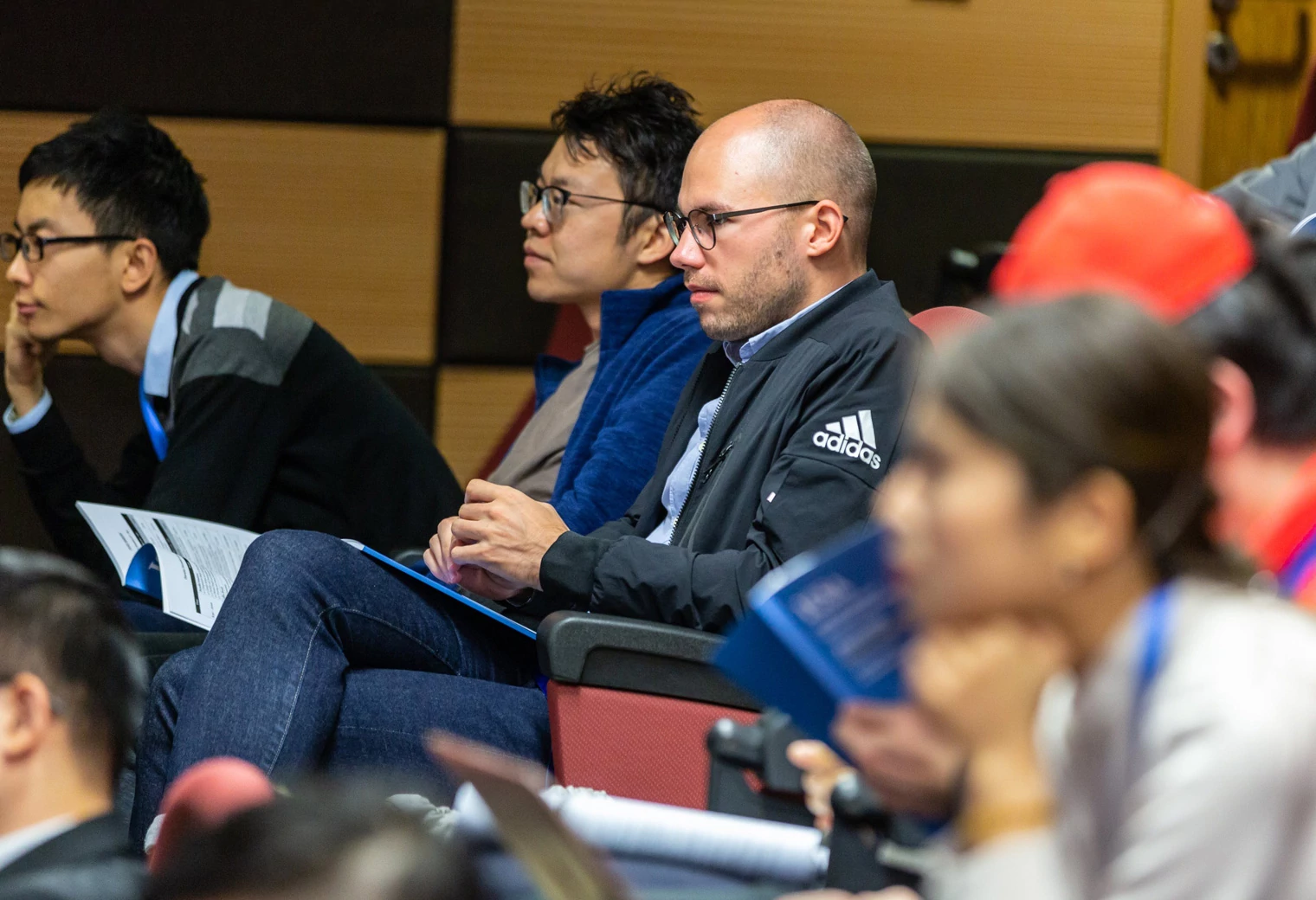I thought of writing this article to encourage those who may be insecure about their first language, and to indicate how the Cambridge CELTA or Trinity CertTESOL thrives on trainee diversity.
One of the things that makes teacher training courses such as the Trinity College CertTESOL or Cambridge CELTA so remarkable to work on is the vast range of different backgrounds, levels of experience, cultures and languages spoken by non native English trainees.
This is something that I look forward to getting to grips with on any course, and this level of diversity is one thing that makes every training course such a unique and fascinating experience for trainers and trainees alike. The benefits of diversity to the field of education are many, and even more so for language education.
Here are the reasons why I would encourage trainee teachers from any background to join a CertTESOL or CELTA course:
Education cultures can learn a lot from each other
Every culture has its own educational paradigm – the set of values, assumptions and priorities designed by the national education system to develop that country’s young minds in a way that has been agreed to benefit society.
These paradigms are relative to the history of education, the moral values and traditions of the country, and represent a very wide diversity in teaching and learning preferences around the globe. An old adage in TESOL states that ‘there is no right way to teach language’. We pick and choose from historical approaches, methods and techniques according to what and who we are teaching. It follows that the more different value sets are present in a group of trainees, the more likely it is that different topics, areas of language and ways of doing things will be implemented in the classroom.
As long as there is a balance of skills and language content across the lessons taught, a range of teaching methods in the context of different cultures and experiences can only be a good thing.
Another benefit of different educational backgrounds is that it opens our eyes to new and unexpected ways of doing things. Human nature dictates that we are good at assuming that our own education, if it was successful for us, is somehow the ‘right’ way of doing things. Of course, a little objectivity shows us that this is not true, but until we have seen other ways of doing things, we cannot take on new methods ourselves.
I have seen lessons taught successfully in ways that I never would have expected simply because a teacher was applying a method from experience as a musician, having growing up in rural India or due to a negative experience in a restrictive educational environment in their own country. These observations were new to me, and have informed my own teaching since.
Other languages are new pairs of eyes
Ferdinand de Saussure, the father of modern linguistics made this statement meaning that when we speak a different language, we take on a new view of the world as we verbalize it in a new way. An environment as multilingual as the training room at the CertTESOL center in Hong Kong where I worked was a melting pot of ideas about meaning, interpretation, nuance and the ways in which we can break down language for analysis.
Although the goal for everyone is to teach English as effectively as possible, the different ways that international groups of trainees engage with language was a huge benefit to everyone in the room.
Trainees share strategies for language analysis, examples and anecdotes about teaching and learning that a group of monolingual English speakers could never approach.
Trainees learn from each others’ experiences
Another form of diversity is the range of different teaching experiences that come along with trainees on initial training courses. Some are brand new to the field, and so have no preconceptions about how to do things others come with little experience; others with a lot of background into the industry.
New teachers learn a lot from osmosis by simply being around experienced teachers, and old hands can drop old habits when they get simple, cleanly applied techniques from the newbies. A range of experience levels works for everyone, and reinforces the development of new skills throughout the group.
A good teacher needs to see a range of differing styles
Initial training course providers go to great lengths to ensure that trainees are exposed to a range of teaching styles, approaches and methodologies from different trainers, but new teachers don’t just learn from their tutors – they have to observe each other’s teaching too. By seeing a range of different classes, good and bad, trainees learn from their own mistakes and from those of other on the course.
The ability to reflect on observed teaching is a particular focus of both Cambridge and Trinity College teacher training and development qualifications, and reflection is most useful when it is prompted by seeing or doing new ways of doing things in the classroom.
Without a high level of diversity among trainee teachers, this level of reflection is not possible, as everyone would follow the carbon-copy techniques shown to them by their tutors. Picking up new tricks and trying them out (again, successfully or not) is a key part of becoming a well-rounded teacher who keeps their students engaged over time.
The myth of the native speaker needs to be broken
The final benefit that a wide-ranging set of people brings to teaching is the fact that diversity reinforces the global nature of the industry. The traditional view (still clung to in many parts of the world) that native speakers make better language teachers is being eroded successfully, mostly thanks to the diverse range of teacher backgrounds who join quality training courses and become excellent English language teachers.
The more different voices, backgrounds and cultures that come together to train as teachers, and then spread into classrooms all over the world, the more justification there is to debunk this old-fashioned assumption.
For all of the above reasons, and more, I get excited as a trainer walking in to the first day of a Certificate course to a group consisting of all creeds and colors, wanting to know what their experiences and teachers and learners they will share over the next four weeks, and whether I will learn anything from the beautiful diversity that this brings.
This article was originally published in Jul-2018 and was last updated in Jul-2020.
Author: Tom Garside




